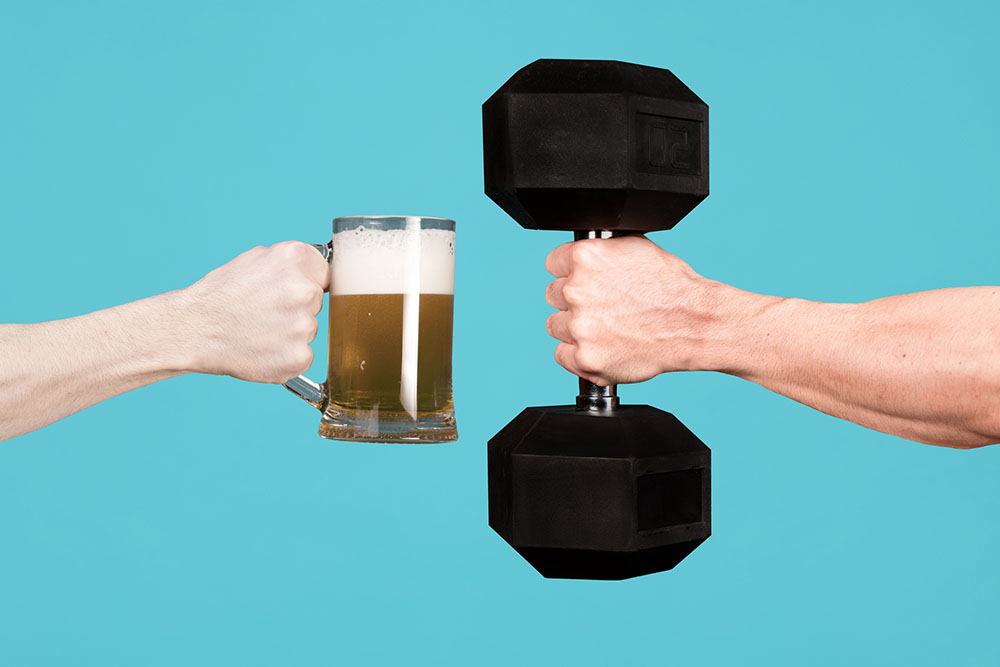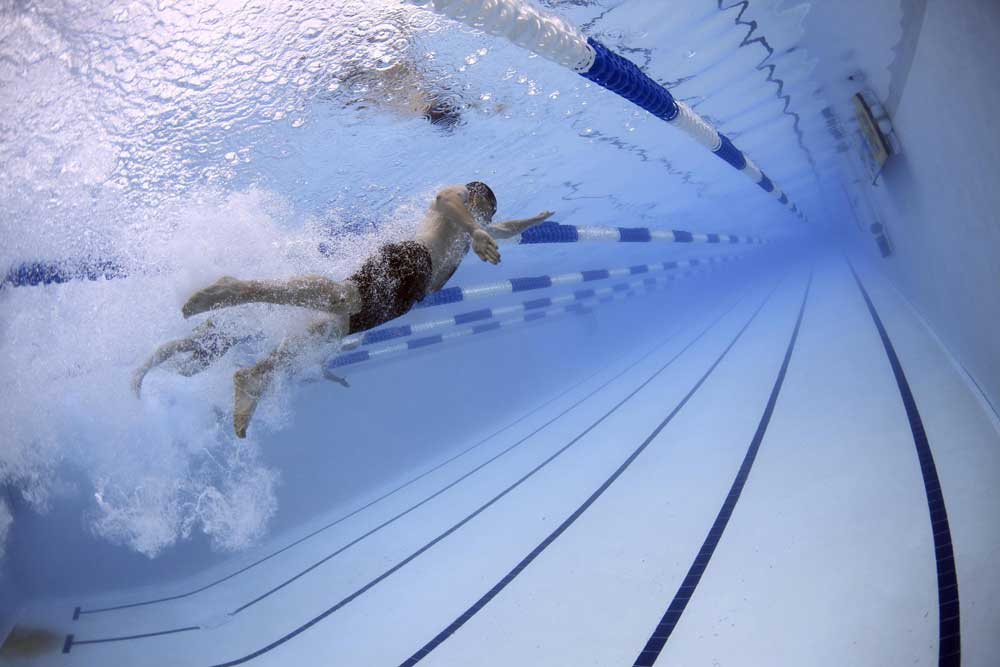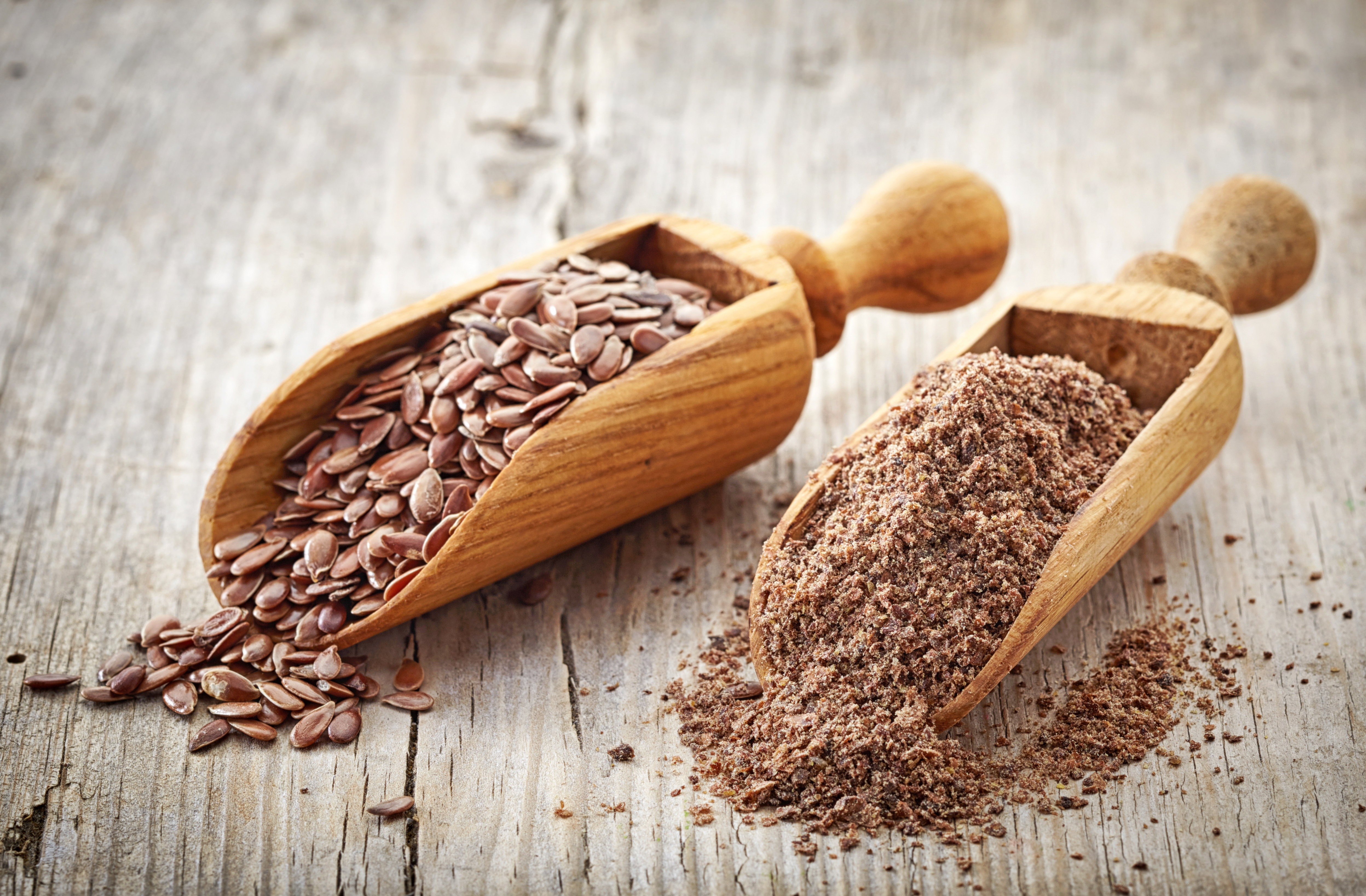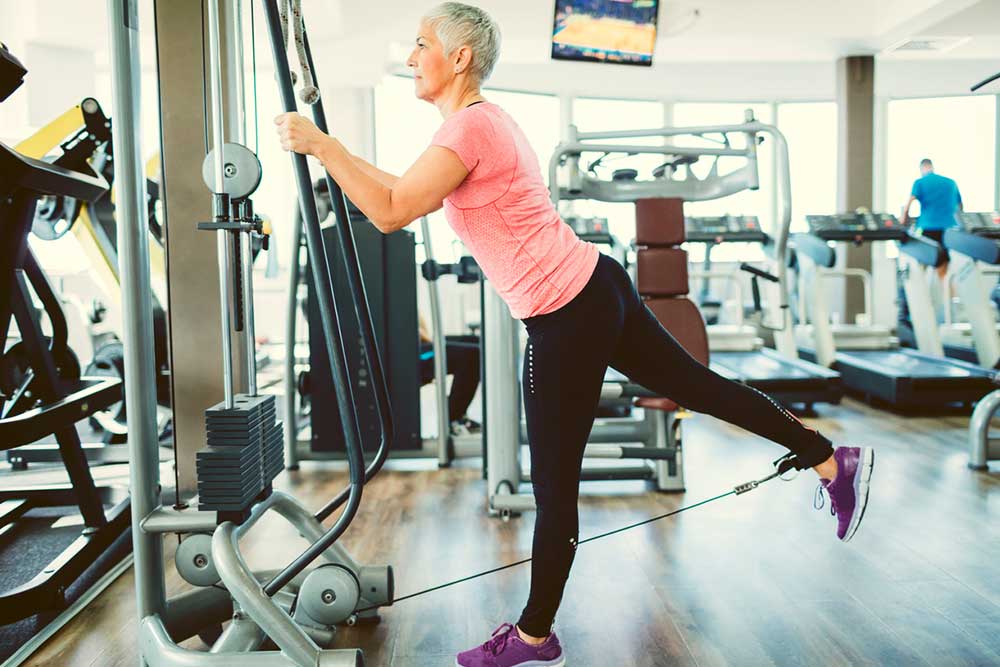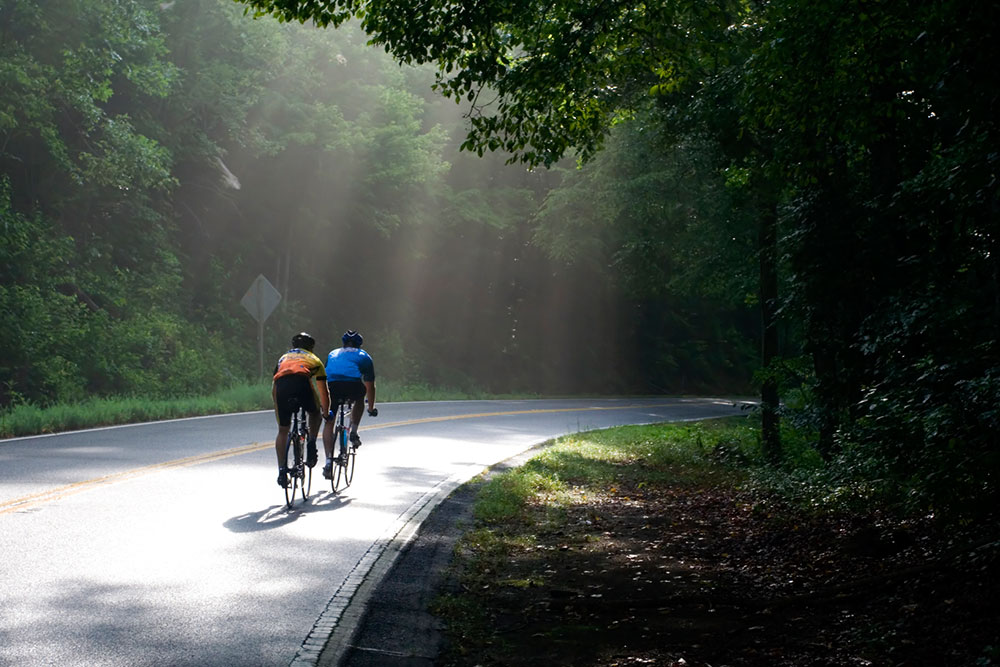Walking After Eating: An Effective Way to Manage Blood Sugar

Over the last few years, Type II diabetes has become one of the biggest health concerns on the planet.
Typified by an inability to correctly manage your blood sugar levels, it can have deleterious health effects that increase your risk of numerous diseases, while also shortening your lifespan – making it a major concern across the globe.
However, there has been some recent research exploring simple ways that you can improve your blood sugar regulation – and walking after eating appears to be a great option.
Blood sugar and insulin resistance
Before we dive into the research, it is important to discuss the relationship between blood sugar and insulin, and more importantly, insulin resistance – which is often considered a major precursor to diabetes (Paneni, 2014).
Insulin is a specific hormone secreted by your pancreas, where its primary role is to regulate the quantity of nutrients in your blood.
With this in mind, it plays a big role in blood sugar management.
When you eat a meal, the amount of glucose (or “sugar”) in your blood increases.
This increase is sensed by the cells in your pancreas, and insulin is released into the blood in response. It then travels around your body and tells your cells to increase their uptake of glucose – thus causing a reduction in blood sugar.
This is important, because extremely high levels of blood sugar can a myriad of negative health effects.
And this essentially ensures that does not happen.
However, under certain circumstances (often in response to chronic elevations in blood sugar), your cells become resistant to insulin, and stop responding to its release.
In turn, your pancreas produces even more insulin, leading to high insulin levels in your blood – which is known as hyperinsulinemia.
This creates a feedback loop where your cells become increasingly resistant to insulin, and your pancreas is forced to secrete larger amounts of insulin to get a response. This leads to a chronic rise in both insulin and blood sugar.
It is this that causes type II diabetes.
Insulin sensitivity: blood sugar highs and lows
Taking the above into consideration, it should be clear that becoming more sensitive to insulin (i.e., your body responds better to insulin) is a desirable outcome that can cause significant improvements in blood sugar control, and by extension, health.
This means that when you eat a meal that is rich in carbohydrate, your body will still see a rapid rise in blood glucose – but it will react effectively to secreted insulin, causing it to return to normal ranges in no time.
How to tell if blood sugar is high or low?
You might be wondering if there are any signs of symptoms of high or low blood sugar – and fortunately, there are.
Some common signs of high blood sugar include frequent urination, sensations of fatigue, dry or itchy skin, always feeling thirsty, frequent infections, and a huge appetite without any associated weight gain.
Conversely, signs of low blood sugar include shaking, a fast and erratic heartbeat, sweating, anxiety, dizziness, weakness and tiredness, and extreme irritability.
It is important to note that low blood sugar is typically associated with type I diabetes, and is not a lifestyle related risk factor like high blood sugar – which can be managed with lifestyle factors.
Like walking after eating, for example…
Walking after eating: Blood sugar magic
A study explored the effects of taking a short walk after eating on post-prandial (i.e., after eating) levels of blood sugar (DiPietro 2013).
Older adults with slightly high blood sugar were recruited into the study and completed three randomly ordered exercise protocols, that were separated by four weeks each.
On one day they ate as normal and did not exercise to get a baseline measure of their energy expenditure and post-prandial blood sugar levels. Then they engaged in either:
- Post-meal walking for 15 min (three times during the day)
- 45 min of prolonged walking performed at 10.30am
- 45 min of prolonged walking performed at 4.30pm
All walking was performed at the same intensity in each condition, allowing the researchers to observe the effects the timing of exercise on blood glucose levels.
And the findings were amazing.
All conditions caused a significant improvement in blood glucose levels both the day exercise was performed, and for the 24 hours following – which is not surprising given that exercise is known to improve blood sugar management.
But what was surprising was the fact that the post-meal walking caused larger improvements in blood sugar levels across all conditions compared to the walking performed at 10.30am or 4.30pm.
All of which indicates that short bouts of walking performed after eating may be one of the most effective ways to improve managing glucose levels.
The glucose exercise relationship and how walking lowers blood sugar after meals
So, why is this occurring?
Well, when you do moderate intensity exercise, your muscle tissue uses glucose for energy to produce and sustain muscular contraction. While much of this glucose comes from the glycogen stored in your muscle, a significant amount also comes from the glucose in your blood (Bergström 1967).
Subsequently, moderate intensity exercise causes an acute reduction in blood glucose.
Because it also causes a reduction in muscle glycogen your body will use the glucose in the blood to replenish those glycogen stores for hours (and even days) after the exercise is completed.
Over time this can cause a marked improvement in insulin sensitivity, a chronic reduction in blood glucose, and a better ability managing blood sugar.
What is the ideal timeframe after a meal to walk?
The study we have discussed today had participants perform their walk immediately after eating – and while this could be considered optimal, it is not essential.
In fact, there is reason to believe that performing some form of exercise in the 30-60 minutes after eating would cause a similar reduction on blood glucose.
Importantly, we also know that performing exercise at any time of day on a consistent basis will lead to chronic reductions in blood sugar and an improvement in insulin sensitivity – they just may not occur as quickly or effectively as if that exercise was performed after eating (Kirwan 2017).
How long and what intensity do you need to walk to get back to ideal levels
If your goal is strictly to improve blood sugar management, then exercise at a moderate intensity is going to be your best point of call.
This is because extremely vigorous exercise can cause an increase in the secretion of epinephrine and norepinephrine (AKA the flight or fight hormones), which can increase the release of glucose into the blood – leading to an increase in blood sugar.
As for duration, research seems to indicate that 15 minutes is a great starting point. However, extending that out to 30 minutes per day is likely to have more significant long-term effects on blood sugar management.
Other quick/easy at home exercises that lower blood sugar after eating
Now, for those of you who either don’t like walking, or live in a location that makes walking a little difficult, this is not the end of the world.
In fact, it is highly likely that these findings can be transferred to any form of exercise.
Some great options could include:
- Rowing machines
- Cross trainer
- A circuit of bodyweight squats, lunges, push-ups, and planks
- Skipping
- Playing a game of tag with your kids
In short, any way you can get your body moving for 15-30 minutes after eating is going to have a profound effect – so instead of stressing over the type of exercise, and just do it!
Related Article: How to Incorporate HIIT in Every Workout
Take Home Message
Chronically elevated levels of blood sugar are one of the precursors to type II diabetes – which is fast becoming one of the most common diseases across the globe.
But fortunately, it is not a death sentence.
Research has shown that there are several things you can do related to diet and exercise to cause lasting changes in your blood sugar levels – with taking a brisk 15-minute walk after eating being one of the most effective.
Do you walk after eating? Let us know in the comments below.
References:
Paneni, Francesco, Sarah Costantino, and Francesco Cosentino. “Insulin resistance, diabetes, and cardiovascular risk.” Current atherosclerosis reports 16.7 (2014): 419.
DiPietro, Loretta, et al. “Three 15-min bouts of moderate postmeal walking significantly improves 24-h glycemic control in older people at risk for impaired glucose tolerance.” Diabetes Care 36.10 (2013): 3262-3268.
Bergström, J., and E. Hultman. “A study of the glycogen metabolism during exercise in man.” Scandinavian journal of clinical and laboratory investigation 19.3 (1967): 218-228.
Kirwan, John P., Jessica Sacks, and Stephan Nieuwoudt. “The essential role of exercise in the management of type 2 diabetes.” Cleveland Clinic journal of medicine 84.7 Suppl 1 (2017): S15.
You Might Like:









